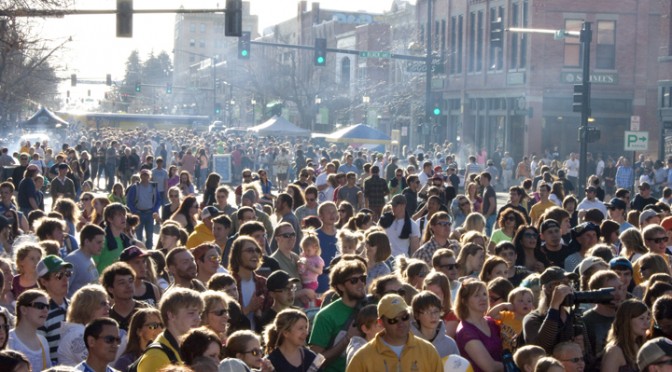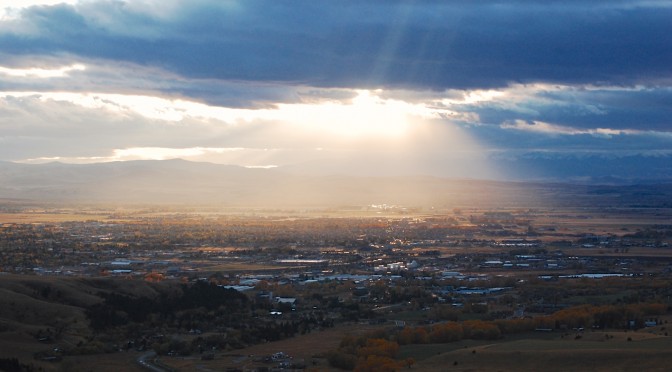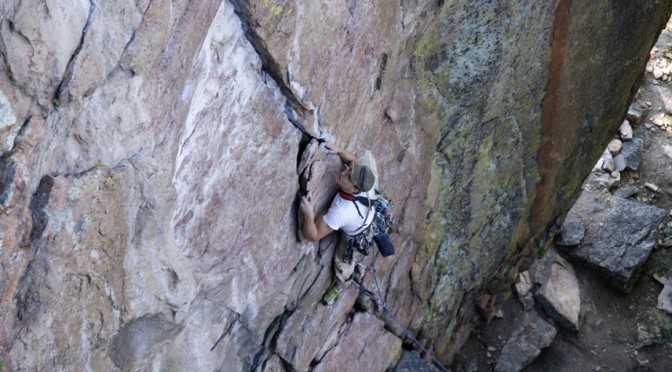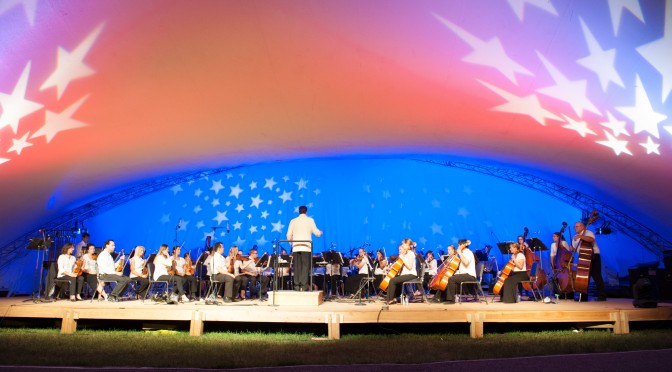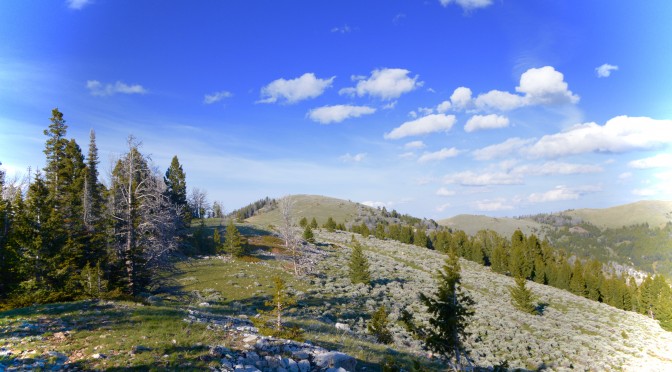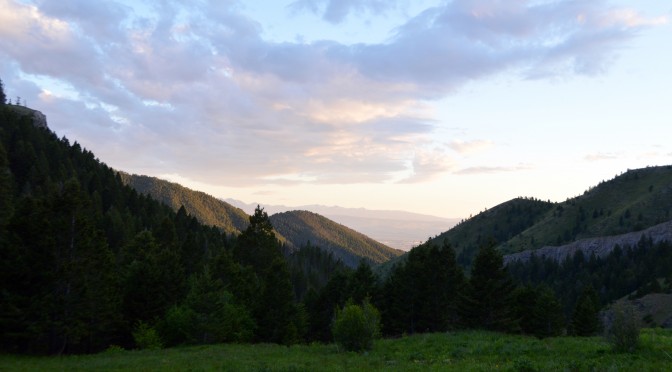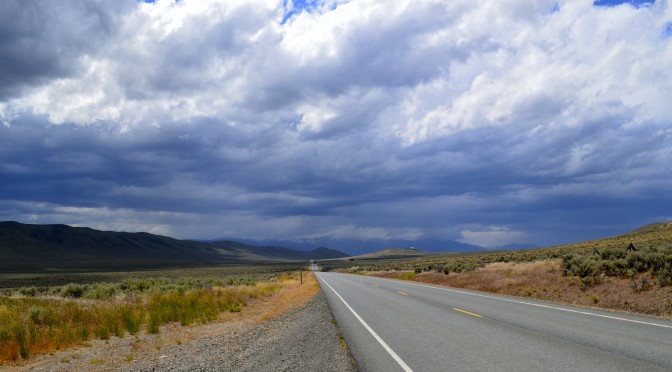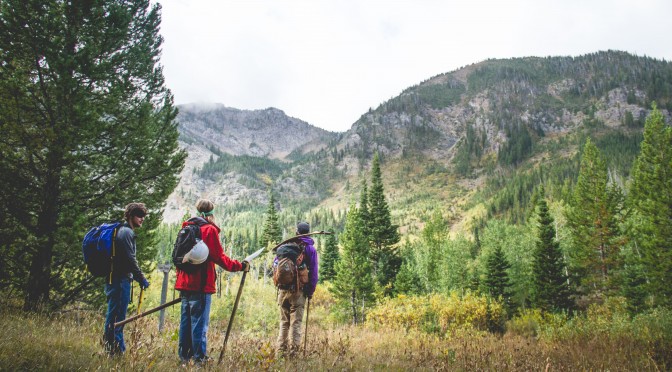Must-do events.
by Nora Mabie
Bozeman might seem like a small town compared to where you’re from, but it’s bustling with activity. These events are can’t-miss.
Bridger Raptor Fest – October 7-9
This festival is free and focuses on the largest known golden-eagle migration in the United States, which takes place every fall along the Bridger Range. Located at Bridger Bowl, the festival features keynote speakers and includes activities such as raptor viewing, nature walks and talks, and educational entertainment for people of all ages. bridgerraptorfest.org.
Huffing for Stuffing – November 24
This is one of Bozeman’s largest races, and it’s for a good cause. Proceeds go to the Gallatin Valley Food Bank, and last year they raised $51,000. The race offers a 5k fun run, a 5k timed run, and a 10k. So, sign up, get your turkey costume, and run off all those calories you’ll be gulping down later. huffingforstuffing.com.
Christmas Stroll – December 3
Always on the first Saturday in December, the Christmas Stroll is one of Bozeman’s greatest holiday traditions. Take a picture with Santa as he makes his way from the Emerson Cultural Center down Main Street. Make sure to partake of hot cocoa or soup—this stroll can be frigid.
Bozeman Ice Fest – December 7-11
Watch some of the most talented ice climbers from around the world compete against each other in this now-famous competition. Proceeds from the event go to Friends of Hyalite, a nonprofit that supports winter access into Hyalite Canyon. bozemanicefest.com.
Wild West Winterfest – TBA
Bundle up and head down to the Gallatin Valley Fairgrounds for some fun (and less common) winter activities. The fest includes history exhibits with activities for kids, a dog keg-pull, skijoring, a snowmobile race, and more. Or if you’ve got what it takes, enter the chili cook-off for a shot at great prizes. gallatin.mt.gov.
Torchlight Parade at Bridger Bowl – December 30
Usher in the New Year with a downhill torchlight parade from the top of Bridger Bowl. A family-style dinner is served in the Jim Bridger Lodge and live music accompanies the meal. bridgerbowl.com.
Run to the Pub – March 11
Celebrate St. Paddy’s Day not by drinking your fill, but by running a race and benefiting the Bozeman Area Community Foundation. There’s a 10k and a half-marathon, and both courses are over 90% downhill, so you’ve got gravity on your side. runtothepub.com.
Bobcat Fest – 4/28
On the last Friday of classes, join MSU students, faculty, and the Bozeman community on Main Street for good food and free music. Don’t miss this chance to thank Bozeman while the public thanks MSU for being an essential part of the community. calendar.msu.montana.edu.

